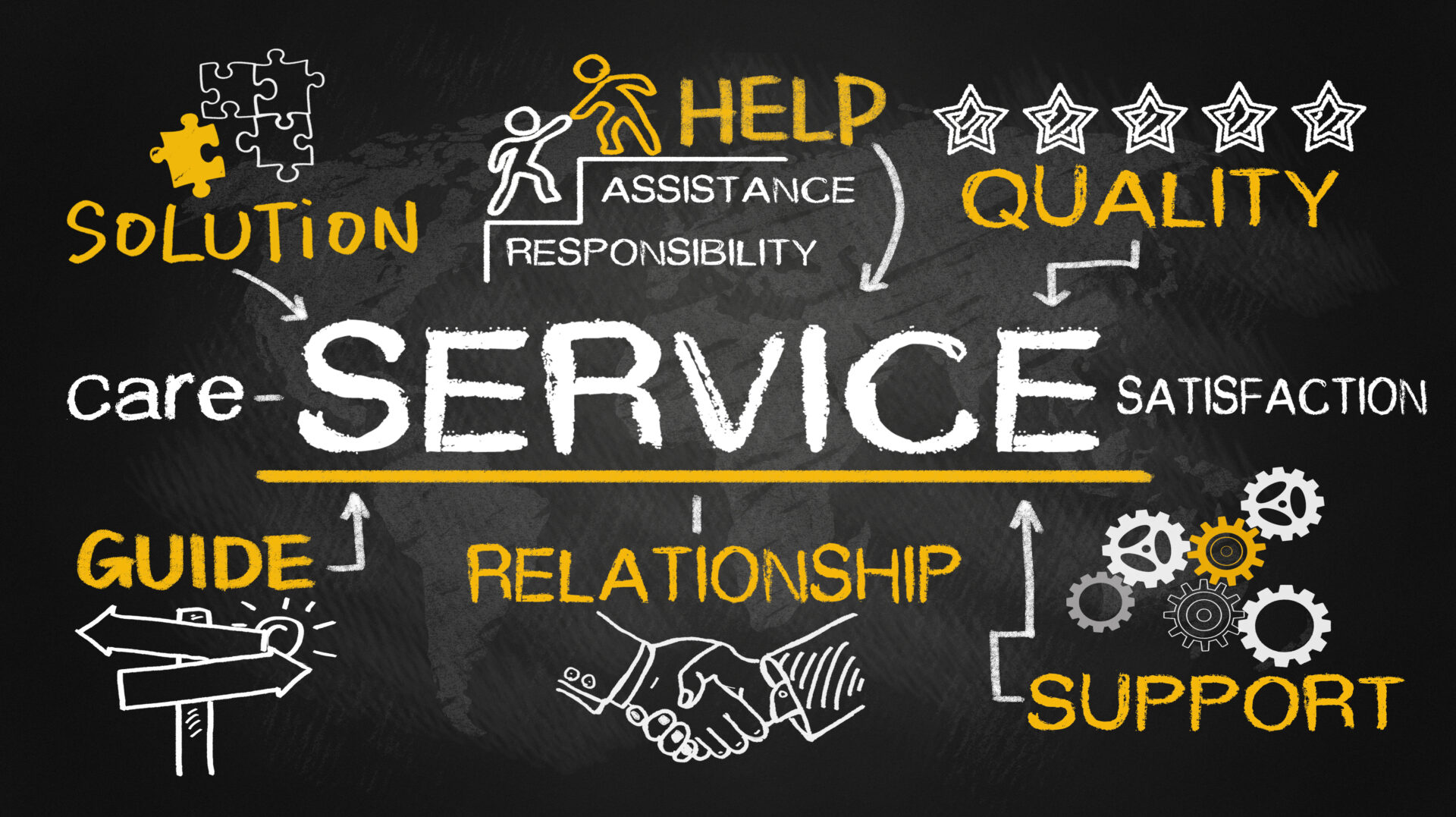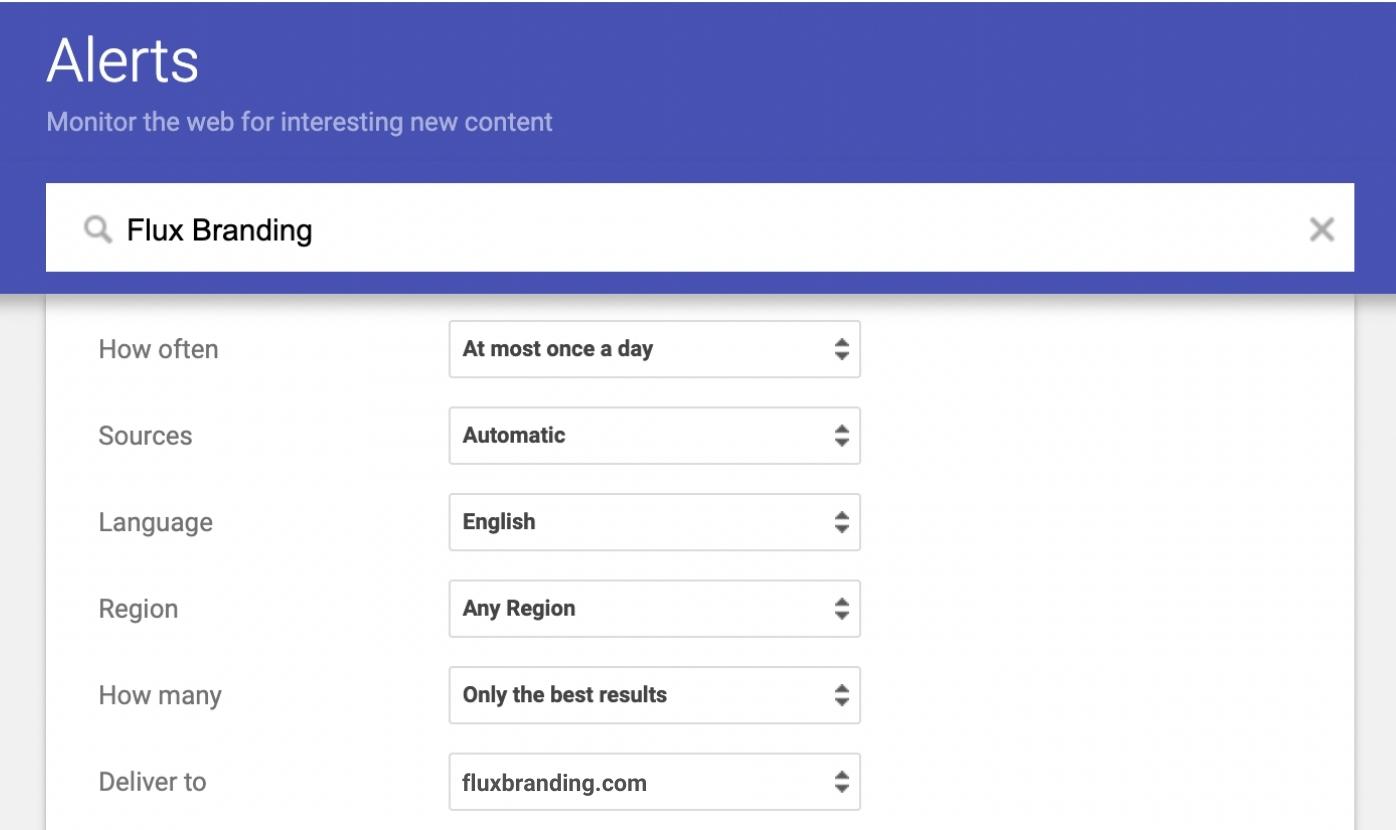
Your personal reputation is the sum of what people say about you. Whether they’ve known you for years or have only met you once or twice, every person you meet could impact your reputation. And how people form their opinion about you is based on a myriad of factors– how you look, how you speak, and your habits and beliefs. It’s a complex mix that’s not always valued the same way from person to person.
Your brand’s reputation is no different.
Your brand reputation is the sum of everything your customers and employees say about you. And just like your personal reputation relies on many different moments in which people encounter you, your brand reputation similarly reflects your customers’ experience across all touchpoints.
You can’t control what people say about you. But you can control how you show up.
That’s why if you want to build a strong brand reputation strategy, you need to know who you are and what you stand for.
That’s where the power of branding comes in. The branding process helps you figure out who you are, what you offer, and what’s important to your customers. A professional branding agency will guide you through this process, and then give you a clear strategy for communicating it across touchpoints. When you have clarity and authenticity in your core concepts and messages, engineering and maintaining your brand reputation becomes much easier.
What are the parts of your brand reputation?
Brand reputation can feel overwhelming at first. Unhappy customers have access to all of your current and potential customers at the same time. They can reach hundreds of thousands of people with the click of a button. If your reputation is the sum of all the experiences each customer has with your brand, how can you even begin to get a handle on maintaining or improving it?
That’s where your brand reputation strategy comes in. Before we narrow in on concrete steps to building a strong reputation, let’s zoom out. There are three major parts of your brand reputation at the highest level: earned, owned, and paid content.
- Earned content is what people say about you without prompting. Whether their experience was good or bad, it moved them enough to talk about it without being asked and that’s a powerful thing.
- Owned content is what you create yourself to strengthen your brand reputation, including content marketing and using customer reviews in your marketing.
- Paid content is just what it sounds like – content that you pay for and then use in your brand reputation strategy. Think paid ads, influencer campaigns, etc.
A good brand reputation strategy will have to take into account how your brand shows up across all three of these content segments. Your brand reputation strategy should seamlessly manage your reputation across multiple channels, including paid advertising, word of mouth, reviews, and online presence. It’s not easy, but it’s well worth the effort in brand loyalty and trust.
Here are 10 things you can do to improve your brand reputation, even if you’re just getting started.
1. Determine your brand identity

First and foremost, you can’t manage or improve brand reputation without knowing what kind of reputation you want to have. Brand positioning gives you an internal document that details who you are, what you believe, and who your customers are.
At Flux, we consider this so important that it’s a critical step in our IDEA Framework. We craft brand positions for every single one of our clients.
2. Make sure your workplace culture is consistent with your brand
Culture isn’t just for employee retention, it’s also a key part of your brand reputation strategy. Making your brand an integral part of your culture means that good reviews of your brand aren’t restricted to your customers – your employees will advocate for you, too.
On top of that, when your brand is a part of your culture, your employees will be able to easily create a seamless customer experience, since they’re upholding your brand, too. In fact, improving brand reputation has to start internally before it can be external.
3. Re-examine your customer service standards

Customer service is one of the first places people go when they have a problem. A customer service team’s response can make a customer loyal for life… or send them off to damage your reputation.
Whether you have a full team, a couple of people to handle complaints, or outsource your customer service, this is a good time to review the procedures and standards they follow. A brand strategy services company can help you translate the internal brand positioning document into something your entire team can use, including your customer service department.
4. Personalize your brand experience
One of the biggest mistakes customer service agents make can also be found in sales departments. The problem? Being too impersonal. No one likes to feel like a number, and without personalization, that’s exactly how your customers will feel.
Personalizing your customer’s experience as part of your brand reputation strategy means that your customers will feel more valued. When customers consistently see that you care, they’re more likely to be outspoken in their appreciation of your brand. An experienced branding agency can help you find ways to show your customers you care from your first interaction to your hundredth and beyond.
5. Be consistent
Across each and every customer touchpoint, consistency is a crucial part of a good brand reputation strategy. As many as 74% of consumers will take their business somewhere else if they don’t have consistent interactions with a brand.
Inconsistency can make prospective customers wonder if they’re looking at the same brand. Current customers may have their trust damaged by inconsistent interactions – are they going to get the Dr. Jekyll version of your brand or the Mr. Hyde version?
This is why consistency isn’t just important in your brand reputation strategy, it’s important when executing brand-driven strategies across the company. Consistency is the difference between a brand that customers will happily recommend and one that they may not even stay with themselves.
6. Stay aware of your online presence
How do you know whether people are recommending your brand or disparaging it? While there’s no accounting for word-of-mouth, the internet is much easier to monitor.
Google Alerts will let you choose keywords such as your company name, products, and other things you may want to keep an eye on. Then, they’ll alert you when there’s new content with those keywords in it on the web.

Your brand reputation strategy, like your marketing strategy, can’t leave social media out. Tools like Talkwalker, Agorapulse, or Keyhole can help you quickly address negative feedback and boost positive posts.
7. Know how (and when) to respond to feedback
Social media has opened up entirely new avenues for brands to talk to their audiences directly, and vice versa. While some feedback is positive, other feedback isn’t quite a glowing review. Your brand reputation strategy needs to have a protocol for dealing with comments and concerns on social media.
Wendy’s has become infamous for its clever Twitter “clapbacks”. But the consistency and cohesiveness of their posts points to a deliberate strategy for handling all kinds of comments and requests.

Meanwhile, General Mills struggled in 2021 with a lack of a plan. A man claimed he found shrimp tails in his Cinnamon Toast Crunch. While the company was “privately very nice”, their public Twitter account dismissed the incident. As a result, General Mills became the butt of many jokes.

The man who found the problem continued to be transparent about his experience with the social media and customer support teams, including publicly stating that he had lost trust in the brand.
Unfortunately, this isn’t all that unusual. While the cancel culture phenomenon seems to impact a new brand or celebrity every day, few seem to know how to react. Creating a plan for feedback like this ahead of time as part of your brand reputation strategy can allow you to take control of the narrative – before the internet takes that control away.
8. Have a strategy for events
Cancel culture also tends to show up around a few key events, like Pride Month, Black History Month, and Indigenous Peoples’ Day. Why? Brands that don’t have an authentic stake in these communities year round may try to show up solely for these events, but the results can become tone-deaf and performative.
Your brand reputation strategy, like your marketing strategies, can’t be static. You have to be willing to let your brand grow and evolve, particularly in culturally sensitive situations. A branding agency with brand reputation services can help you overcome your own blind spots and be proactive about cultural sensitivity year-round, rather than simply on one holiday a year.
9. Encourage people to champion your brand

There are many ways you can encourage satisfied customers to become strong advocates of your brand. The simplest is prompting users to leave a review after their experience with you. You can take this a step further by offering them a referral code for a discount on future purchases.
You may also choose to work with affiliate marketers or influencers as part of your brand reputation strategy. A quick word of advice if you go this route, though: make sure you specifically work with influencers who reach your target audience.
Influencers help you leverage emotional branding because their audiences feel close to them and know what they represent. When your brand aligns with theirs, you can amplify the emotions your brand creates and build even stronger relationships with potential customers.
10. Ask for help when you need it
Finally, don’t be afraid to ask for help when you need it. Crafting a brand reputation strategy has a lot of different parts– it’s not easy to keep them all under control all the time.
Putting that extra work on yourself or your team before you’re ready can lead to extra stress and burnout. In turn, that can hurt your workplace culture and customer experiences, defeating the purpose of trying to improve brand reputation.
While your team is adjusting, you might choose to work with a brand positioning agency like Flux. An agency can help figure out who you are, what you offer, and what’s important to your customers. We’ll then give you a clear strategy for communicating it across touchpoints, whether that’s social media, events, sales, customer service, or anything else. When you have clarity and authenticity in your core concepts and messages, it’s much easier to engineer and maintain a strong brand reputation.
Your brand reputation, in many ways, is your brand. It’s the way people think, talk about, and act towards you, and it can’t be neglected.
Get in touch today and see how Flux can help you maintain and improve your brand’s reputation.